Chairman:
Dr. Cédric Jamet
Laboratoire d’Océanologie et de Géosciences
62930 Wimereux, France
Email: cedric.jamet@univ-littoral.fr
Scientific and programmatic background and rationale
The use of satellites to monitor the colour of the ocean requires effective removal of the contribution of the atmosphere (due to absorption by gasses and aerosols, and scattering by air molecules and aerosols) from the total signal measured by the remote sensor at the top of the atmosphere (TOA): the so called “atmospheric correction” process. The methods for removing the contribution of the atmosphere to the total measured signal exploit the high absorption by seawater in the red and near-infrared (NIR) spectral regions (>700 nm). In turbid waters dominated by CDOM and/or suspended particulate matter, the total aerosol reflectance is overestimated and the absorption and scattering properties of seawater change, resulting in severe errors for algorithms that rely on de-coupling atmospheric and oceanic radiance signals to retrieve concentrations of water constituents or their inherent optical properties. Only a few studies have been made that evaluate atmospheric correction in optically-complex coastal waters from in situ measurements. An inter-comparison and evaluation of existing atmospheric correction algorithms is thus required over optically-complex waters to understand retrievals differences, since the algorithms are often based on different physical assumptions.
The challenge for this working group is to understand the advantages and limitations of each atmospheric correction algorithm and their performance under certain atmospheric and oceanic conditions, focussing on algorithms that deal with optically-complex waters. There is a high demand for atmospheric correction guidelines by the international ocean colour community as more and more remote sensing studies focus on coastal zones. The working group will provide recommendations for improving and selecting the optimal atmospheric correction for a given water type. To evaluate performance a round-robin inter-comparison will be performed based on three datasets; (1) in-situ measurements, (2) radiative transfer simulations and (3) satellite observations. The comparison will be performed only for selected algorithm classes based on different hypotheses such as aerosol model selection, bio-optical models and/or inversion/mathematical methods.
Terms of Reference
- Evaluation of state-of-the art of atmospheric correction algorithms dealing with Lw(NIR) > 0 (coupled ocean-atmosphere model, NIR adjustment, SWIR) with the range of validity/limitations of each algorithm published in the literature.
- Compilation of three datasets for the inter-comparison exercises (in-situ measurements, radiative transfer simulations, and satellite observations) including documentation of the protocols used to inter-compare the different atmospheric correction algorithms.
- Sensitivity studies using simulated and in situ datasets providing the limitations of each algorithm.
- Discussion about uncertainty budgets.
- Results of the inter-comparisons will be documented in an IOCCG report, providing recommendations on the range of validity and limitation of each algorithm. A review other issues related to atmospheric correction (e.g., cloud and shallow water masking, absorbing aerosols and adjacency effects) will also be presented.
Working Group Members
- Sean Bailey, NASA, USA
- Julien Brajard, LOCEAN, France
- Cédric Jamet (Chairman), LOG ULCO/CNRS, France
- Xianqiang He, SIO, China
- Kevin Ruddick, MUMM, Belgium
- Palanisamy Shanmugam, Indian Institute of Technology Madras, India
- Thomas Schroeder, CSIRO, Australia
- Knut Stamnes, Stevens Institute of Technology, USA
- Sindy Sterckx, VITO, Belgium
- Menghua Wang, NOAA, USA


 The fifth International Ocean Colour Science (IOCS) meeting took place in St. Petersburg, FL, USA from 14 – 17 November 2023, and was convened by the International Ocean Colour Coordinating Group (IOCCG) in partnership with the University of South Florida, and thanks to sponsorship from several sponsors.
The fifth International Ocean Colour Science (IOCS) meeting took place in St. Petersburg, FL, USA from 14 – 17 November 2023, and was convened by the International Ocean Colour Coordinating Group (IOCCG) in partnership with the University of South Florida, and thanks to sponsorship from several sponsors.